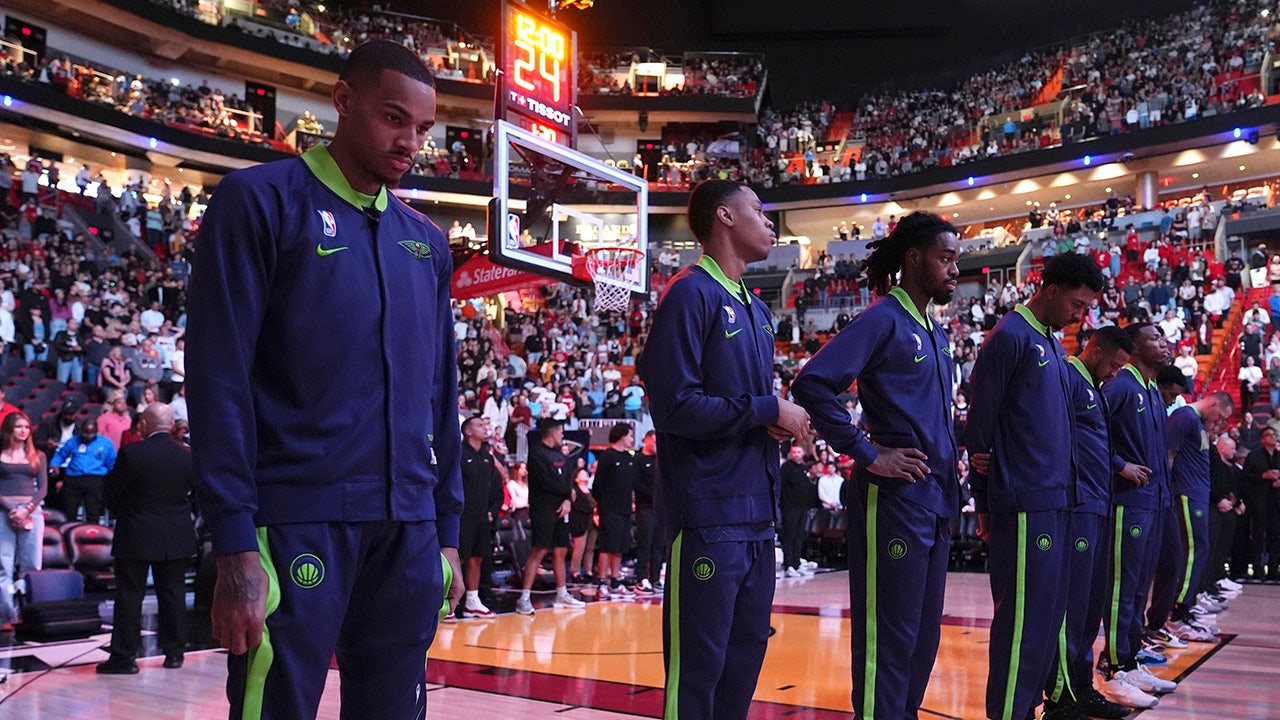In 2024, several well-known companies filed for bankruptcy protection in the United States. Some have filed for basic financial restructuring, allowing them to continue operating, while others have announced closures of many physical locations to stave off liquidation.
Retail outlets were the hardest hit. However, several restaurant chains were impacted, and one airline.
COMPANIES ARE GOING BANKRUPCT AT THE FASTEST PACE SINCE 2020: A ‘HISTORIC SURGE’
Spirit Airlines
The budget airline filed for Chapter 11 bankruptcy protection in November, facing over $1 billion in looming debt payments and accumulating more than $2.5 billion in losses since 2020. Spirit faced challenges such as decreased ridership during the pandemic, competition from the more significant carriers, and most significantly, a blocked merger with JetBlue.
Despite the filing, Spirit continues to operate, as customers are allow to book flights and take advantage of frequent flier points.

Big Lots
The discount retailer, with more than 1,300 locations, filed for bankruptcy protection in September. With sales in decline and rising debt that reached $3.1 billion, the store initially announced it would close approximately 545 stores. The company later made the announcement that, due to a failed deal with the private equity firm, Nexus Capital, it would close all remaining 963 locations.
However, on December 27th, the company announced a deal with Gordon Brothers Retail Partners LLC that would avert the closure of the potential closing of all other locations. There are not yet any details about which locations would remain open and the deal still requires approval from a bankruptcy judge.
SPIRIT PREPARES FOR BANKRUPTCY FILING AFTER FAILED FRONTIER TALKS: REPORT

Red Lobster
The seafood chain, which opened its first location in Lakeland, Florida in 1968, filed for chapter 11 bankruptcy protection in May. The company had significant financial challenges, including higher food costs, higher wages, and rising commercial rents. Food prices also stalled traffic as many more people decided to cook at home.
Some analysts also pointed to Red Lobster’s “endless shrimp” deal, in which customers could eat as much shrimp as they wanted for only $20. A report in the Los Angeles Times talked to a woman who boasted of eating 108 shrimp during a four-hour meal.
“I think the distinction between something like an Olive Garden with endless breadsticks and Red Lobster with bottomless shrimp is that shrimp is like an entree whereas breadsticks are more of a side,” Jim Salera, a research analyst at Stephens focused on restaurants and packaged food and beverages, told FOX Business. “The goal with any type of deal like that is you bring in consumers, and then you either add incremental purchases to the ticket, whether it’s alcohol or, you know, appetizers, things like that expand the ticket.”
“You already have a small profit margin,” Salera said. “You can very easily go beyond that when you’re attracting consumers who are just looking to have that one item or engage with that one offering and not kind of branching out across the menu.”
Fox Business’ Eric Revell contributed to this report.













